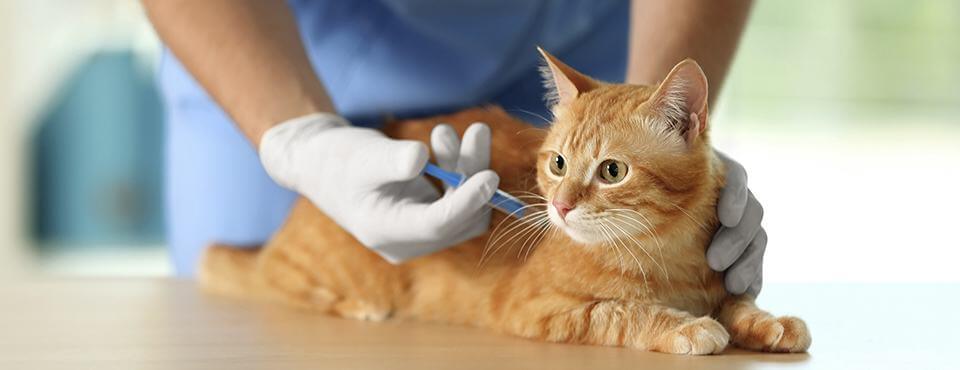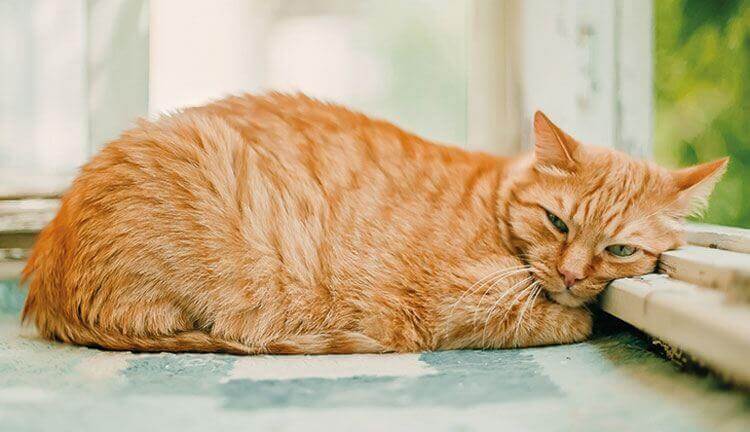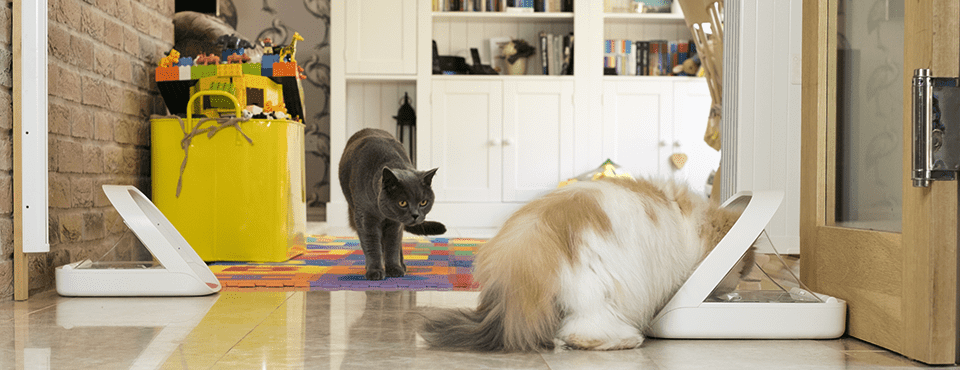Everything you need to know about cat vaccinations
HEALTH & PROTECTION
2 Dec, 2019
READ 5 minutes

If your cat is like most cats, she spends her day catnapping, and she spends her night on the prowl. In between, you may find her doing what she does best—taking care of her rigorous, daily self-grooming schedule or lounging by the window, occasionally jumping up and down at the sight of a bird. Although she’ll do everything to convince you that she can take care of herself, she does need your help when it comes to preventing the risk of serious disease. It’s easy to fall into the trap of thinking that because she’s an animal, she can defend herself from all forms of harm, but that’s not true.
Cat vaccines are the key to helping her stay healthy throughout her life.
You may think that many diseases are not a threat to your cat, but all diseases are a threat to an unvaccinated cat. Learning more about the diseases that vaccines keep at bay is the first step to making an informed decision when you take your cat to the vet. So if you’re wondering what vaccines do cats need, keep reading.
VACCINES FOR CATS
FELINE PANLEUKOPAENIA (PARVO)
Feline panleukopenia is also called feline distemper. Feline panleukopenia virus (FPV) belongs to the same family such as canine parvovirus, that’s why it can survive up to one year in the environment. In addition to the environment, FPV is transmitted through the body fluids of infected cats. Vaccination is essential because most cats will be exposed to FPV at some point in their life. The virus causes an abnormally low level of white blood cells. Symptoms can include listlessness, diarrhoea, vomiting, severe dehydration, fever, and death. Vaccination is the only way to make sure that your cat remains protected, typically, your cat will need one vaccination with a booster vaccine 3-4 weeks later. It is recommended that he then be vaccinated annually.

FELINE VIRAL RHINOTRACHEITIS (SNUFFLES)
Feline viral rhinotracheitis is an upper respiratory infection. The disease is caused by and also referred to, as feline herpesvirus type 1. This virus is transmitted between cats, so it’s essential to vaccinate your cat if she is around other cats. Symptoms of the infection include sneezing, loss of appetite, fever, eye and nasal discharge. Treatment for infected cats is limited. Even when a cat recovers, they become a carrier for life.
FELINE CALICIVIRUS
Feline calicivirus causes upper respiratory tract infections similar to feline rhinotracheitis. There are many calicivirus strains, some cause symptoms, and others do not. All are highly contagious and spread through body fluids. Symptoms include fever, ulcers, and blisters on the tongue and pneumonia (inflammation of the lungs) can range from mild to severe, depending on the strain of the virus present. Treatment of this disease can be difficult. Even if recovery does take place, a recovered cat can continue to infect other animals, as well as experience chronic sneezing, runny eyes and severe gum disease. Vaccination is important.
RABIES
Rabies is 100% fatal and 100% preventable. For this reason, the rabies vaccine for cats is essential. This viral disease affects the central nervous system of almost all mammals, including humans. Rabies spreads through contact with the saliva of infected animals (which can include jackal, foxes, meerkats, and bats) through bites or any break in the skin. The rate of infected bats transmitting the disease continues to rise worldwide and is of particular concern in urban areas. Vaccination will provide cats with much higher resistance to rabies if they are exposed to the disease. Once rabies is transmitted, there is no cure. Many municipalities require that all cats receive rabies vaccinations regularly. Proof of vaccination is required for travel and boarding. It’s essential to protect your cat against this deadly disease.

FELINE LEUKAEMIA (FELV)
Feline leukaemia virus is a form of blood cancer that suppresses a cat’s immune system placing the cat at higher risk for many other cancers, anemia, immune-mediated diseases, reproductive issues, and intestinal inflammation. Seemingly healthy cats can carry and transmit the virus through saliva, along with other bodily fluids such as tears, urine, and even feces because sometimes signs of infection may take months to years before any symptoms occur. As a result, the virus can and does easily spread, making it one of the biggest threats for illness and deaths in unvaccinated cats. The feline leukaemia vaccination is recommended only for uninfected cats so your cat should be tested for the virus before vaccination.

CHLAMYDOPHILA
Chlamydophila is a zoonotic disease, which means it can be transmitted from cats to humans. This bacterial infection affects the membrane around the eyes, causing conjunctivitis. It may also affect the upper respiratory tract (the nose, sinuses, and throat). The disease is highly contagious, especially among kittens. Although the vaccine does not completely protect cats from infection, it can reduce the severity and likelihood of infection. Vaccination is not essential, but it is helpful.
When it comes to keeping your cat healthy throughout her life, cat vaccines offer solid defense against the threat of serious disease. Talk to your veterinarian about your cat’s habits and lifestyle so that together you can determine which vaccines will benefit your cat and you and your family for the journey of your lifetime.
RELATED POSTS
-

Learn about canine babesiosis, a tick-borne disease that affects dogs worldwide. Discover its symptoms, treatments, and how to prevent it.
-

Explore how diabetes impacts cats, its signs, risk factors, and effective management through medication and diet for a healthier feline life.
-

Diabetes affects an estimated 1 in 300 dogs, diabetes is more common in middle-aged and older dogs (4-14 years of age), it can be diagnosed in dogs of any age, including young dogs. Read more.
-

Ever wonder how your dog experiences the world? Why he or she sniffs everything, everywhere? Read more and find out








